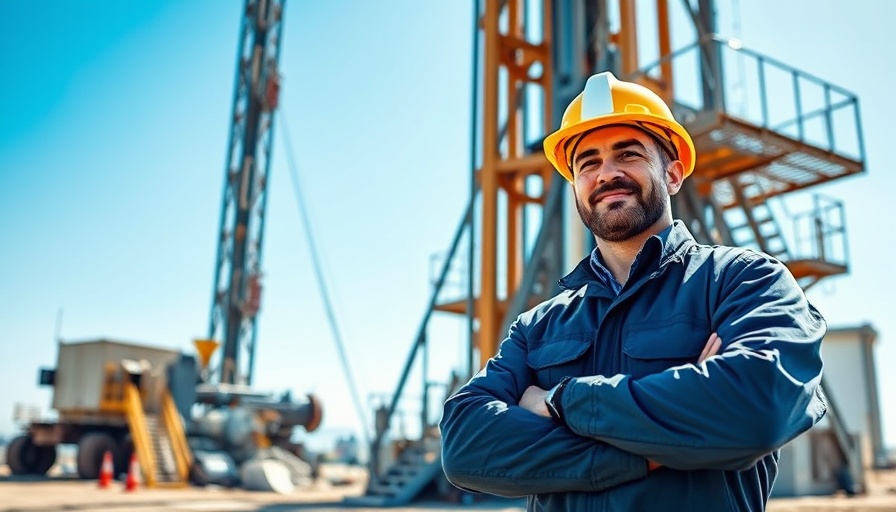
The Hidden Value in Energy Efficiency
Every day, we rely on energy for tasks ranging from cooking and heating to lighting and entertainment. However, our growing energy consumption is a major contributor to climate change. To combat this global challenge, transitioning to energy-efficient practices is crucial. Energy efficiency enables us to deliver the same energy services while using significantly less energy.
Understanding Energy Efficiency vs. Energy Conservation
Many people mistakenly use the terms energy efficiency and energy conservation interchangeably. In reality, they represent distinct concepts. Energy conservation involves making behavioral adjustments to reduce energy consumption, such as turning off lights when leaving a room. Meanwhile, energy efficiency focuses on leveraging technology, such as using energy-efficient appliances, to use less energy while performing the same tasks.
Examples of Energy Efficiency in Our Everyday Lives
Implementing energy-efficient practices can significantly lower our environmental impact, cut costs, and improve our quality of life. Examples of energy efficiency include:
Using Energy Star-rated home appliances
Choosing transportation options with improved fuel economy
Utilizing renewable resources for energy needs
Incorporating LED lighting in homes
Benefits of Energy Efficiency for Society and the Environment
Investing in energy efficiency not only saves money but also plays a vital role in reducing greenhouse gas emissions. According to the U.S. Environmental Protection Agency, improving energy efficiency has the potential to be one of the most effective measures to curb climate change. By eliminating wasteful energy practices, we simultaneously reduce pollutants and preserve vital resources.
Furthermore, as energy-efficient technologies become increasingly accessible, they also support economic growth. Energy-efficient practices can create more jobs, promote stability in the energy market, and reduce household energy bills. In fact, U.S. energy efficiency implementation has allowed the nation to meet energy needs more sustainably without increasing overall energy consumption over the past two decades.
An Immediate Call to Action: The Simple Steps You Can Take
Now is the time to embrace energy efficiency as part of our daily routines. Simple steps such as switching to LED bulbs, utilizing intelligent thermostats, or replacing older appliances with Energy Star certified products can lead to substantial benefits over time.
Conclusion: Why Every Household Should Prioritize Energy Efficiency
In conclusion, energy efficiency is more than just a trend; it is an essential movement toward a sustainable future. Not only does it promise financial benefits and lower energy bills, but it also serves as our collective effort to safeguard the environment. To get started, explore local programs that incentivize energy-efficient renovations and invest in technology that will help reduce your household’s energy consumption.
For more insight into how energy efficiency can impact your everyday life, consider examining your home's current energy practice and exploring the potential upgrades. Let's take the first step toward a more sustainable lifestyle together!
 Add Row
Add Row  Add
Add 



Write A Comment